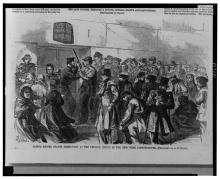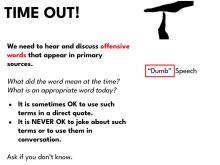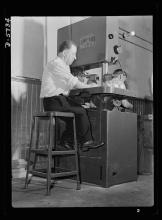Emerging America 2023 Survey on the Teaching of Disability History
By Rich Cairn, Emerging America
At the end of the 2021-2022 and 2022-2023 school years, Emerging America widely promoted an online survey of teachers to discover how much they teach disability history. Though the response has been small, the results offer intriguing insights.




